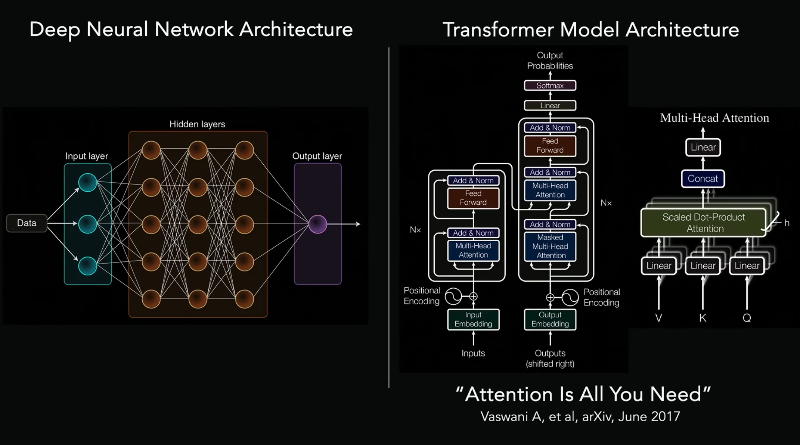Schematic illustrating TMAB3-mediated delivery of 3p-hpRNA into cells through ENT2, leading to recognition by RIG-I and activation of type I IFN signaling. Credit: Science Translational Medicine (2025). DOI: 10.1126/scitranslmed.adk1868
A specially engineered antibody that can accurately deliver RNA treatments into hard-to-reach and hard-to-treat tumors significantly improved survival and reduced tumor sizes in animal models, according to a study reported in Science Translational Medicine.
The study provides evidence that, once injected into the bloodstream, the antibody TMAB3, combined with a type of RNA that stimulates an innate immune reaction, can localize to tumors and penetrate and destroy stubborn diseased cells in pancreatic, brain, and skin cancers.
"Delivery of RNA-based therapies to tumors has been a challenge. Our finding that TMAB3 can form antibody/RNA complexes capable of delivering RNA payloads to tumors provides a new approach to overcome this challenge, " says Peter Glazer, senior author and Robert E. Hunter Professor of Therapeutic Radiology and Genetics at Yale School of Medicine (YSM).
In addition to Glazer and Yale first authors Elias Quijano, Ph.D.; Diana Martinez-Saucedo, Ph.D.; Zaira Ianniello, Ph.D.; and Natasha Pinto-Medici, Ph.D., there are 25 other contributors, most from Yale's Department of Therapeutic Radiology and from the departments of genetics, molecular biophysics and biochemistry, biomedical engineering, pathology, and medical oncology and three from the University of Illinois Urbana-Champaign.
Specifically, animal models of three types of "cold" tumors that are usually resistant to standard treatments and the best immunotherapies—pancreatic cancer, medulloblastoma (a type of brain cancer), and melanoma (skin cancer)—had significant responses to the precision treatment, that homed in on cancerous cells, largely avoiding healthy tissue.
Results:
Researchers used computer modeling to modify the antibody, enabling it to bind to RNA, and also "humanized" it so the body wouldn't attack it as an invader, a step toward possible clinical use.
"This work lays the foundation for translating RNA-based therapies into the clinic. By achieving targeted delivery to tumor cells without systemic toxicity, we open the possibility of developing treatments that are not only tumor-specific but also adaptable to the immunologic context of each patient's cancer, " says Luisa Escobar-Hoyos, Ph.D., senior author and a YSM associate professor of therapeutic radiology and molecular biophysics and biochemistry.
"With further development, this platform could support personalized immuno-RNA therapies and move toward first-in-human clinical trials."
More information: Elias Quijano et al, Systemic administration of an RNA binding and cell-penetrating antibody targets therapeutic RNA to multiple mouse models of cancer, Science Translational Medicine (2025). DOI: 10.1126/scitranslmed.adk1868 Journal information: Science Translational Medicine






Post comments